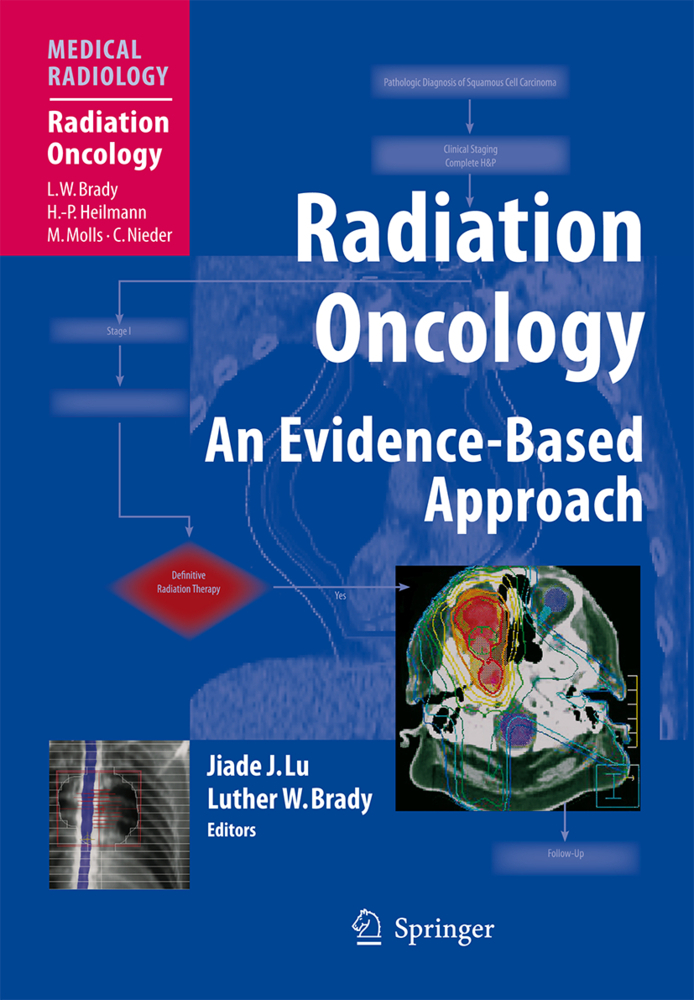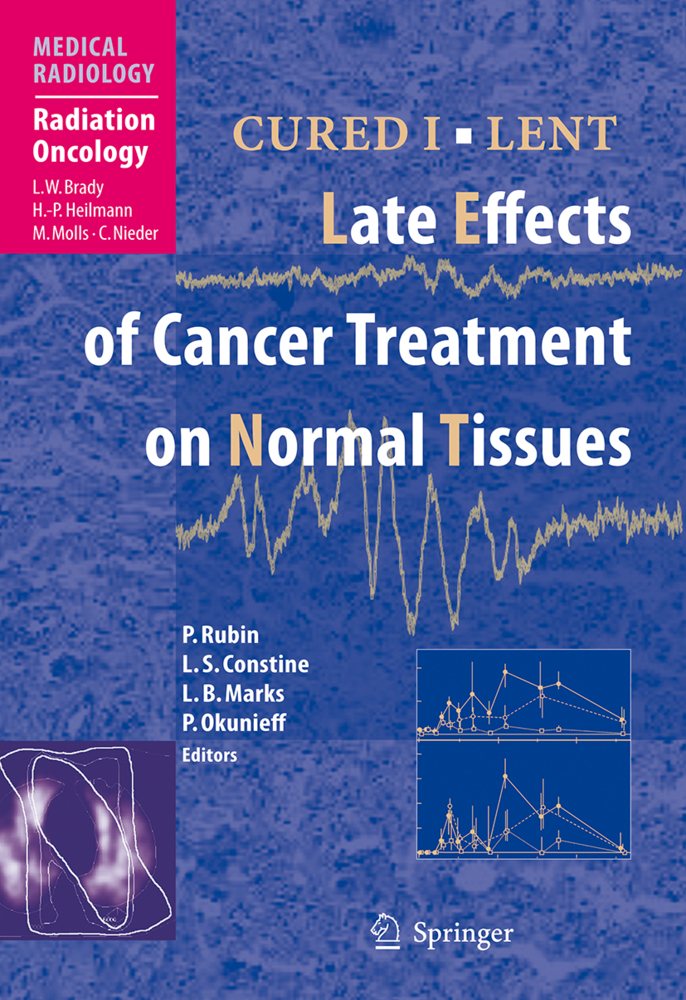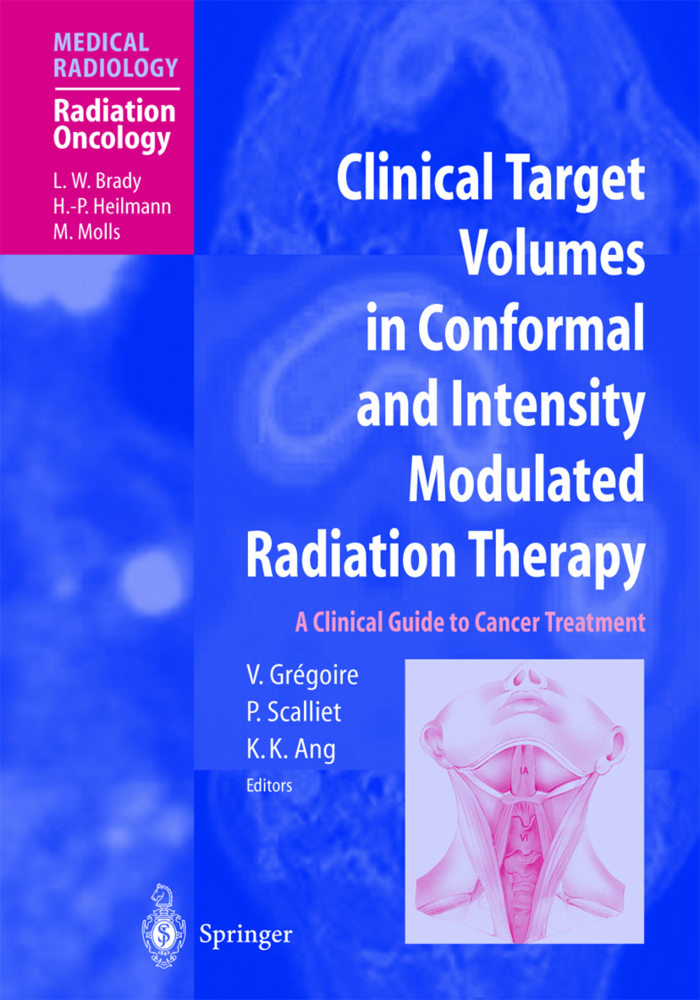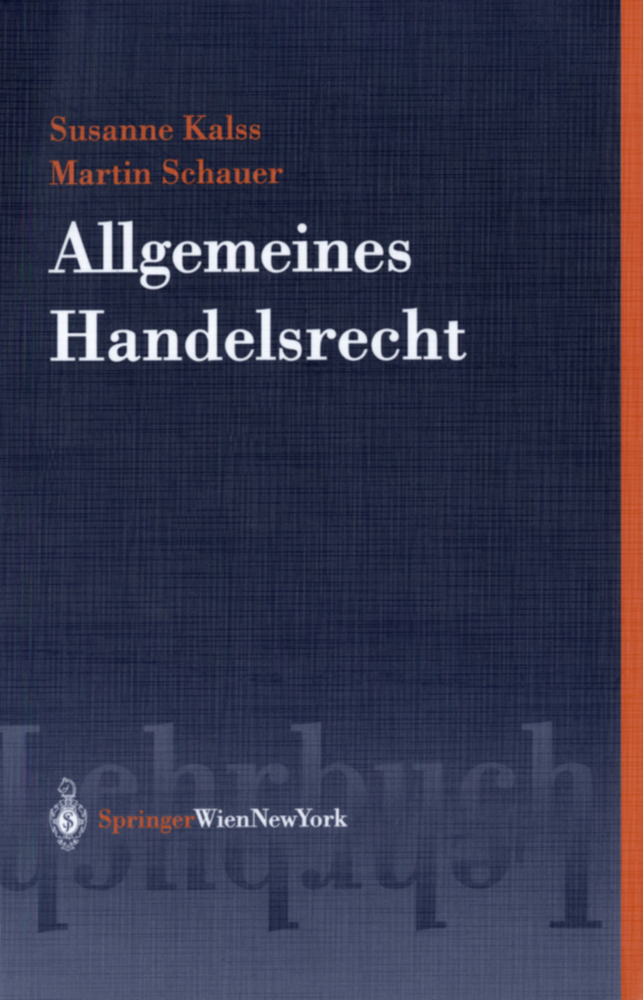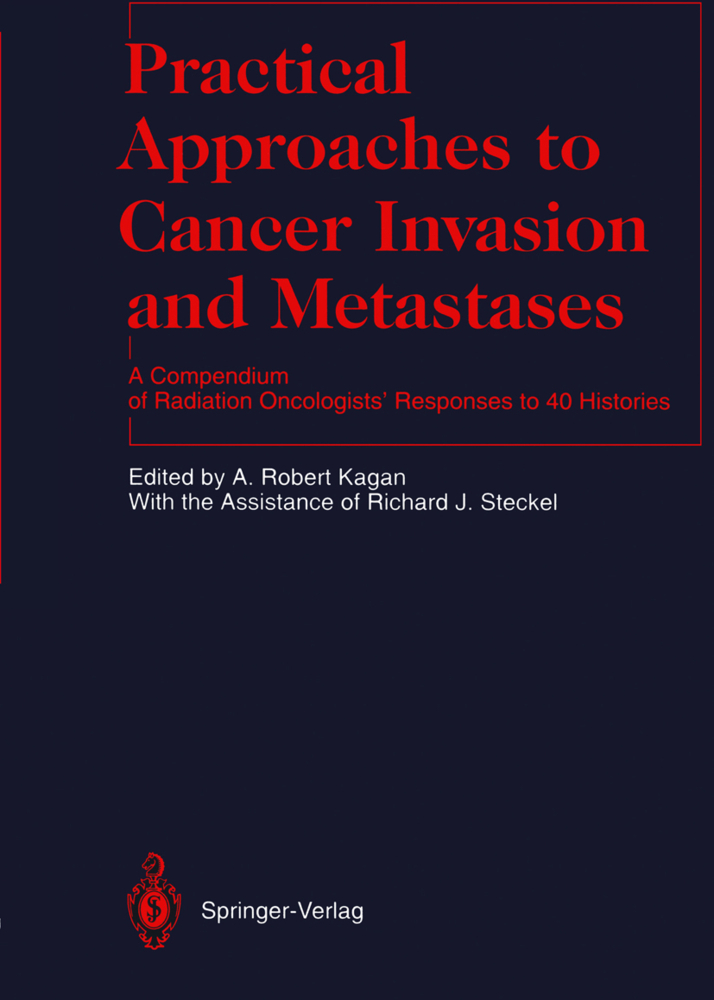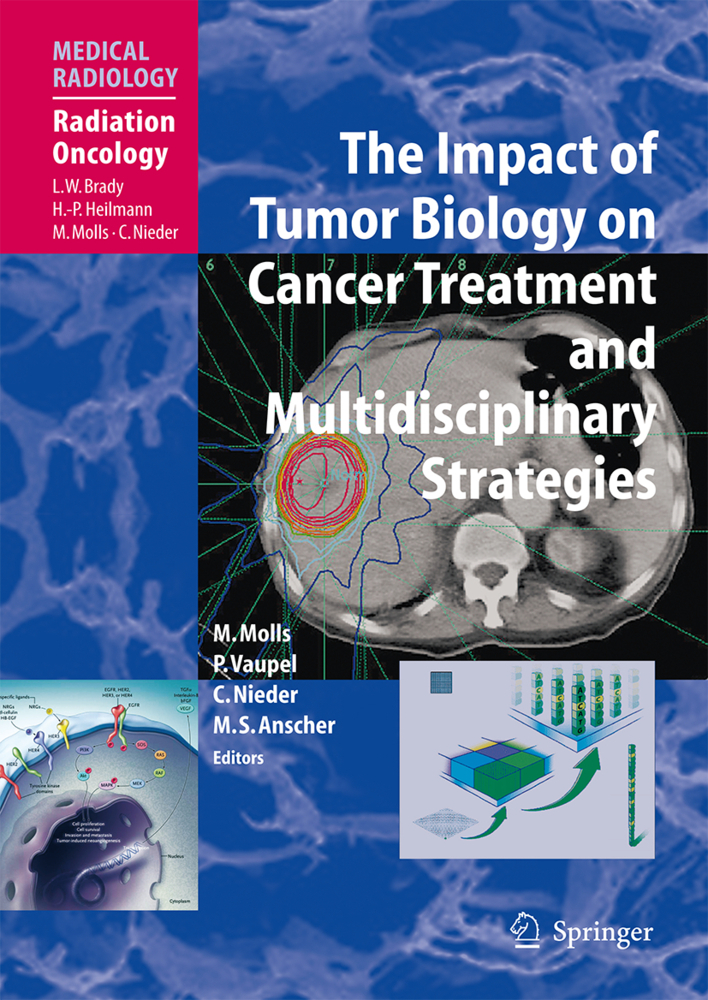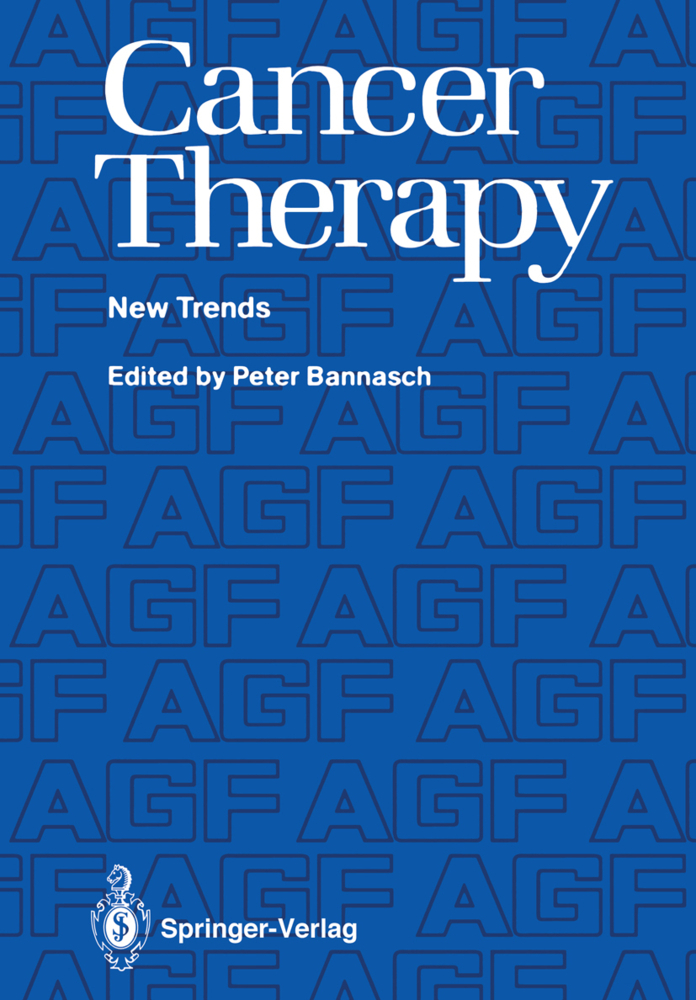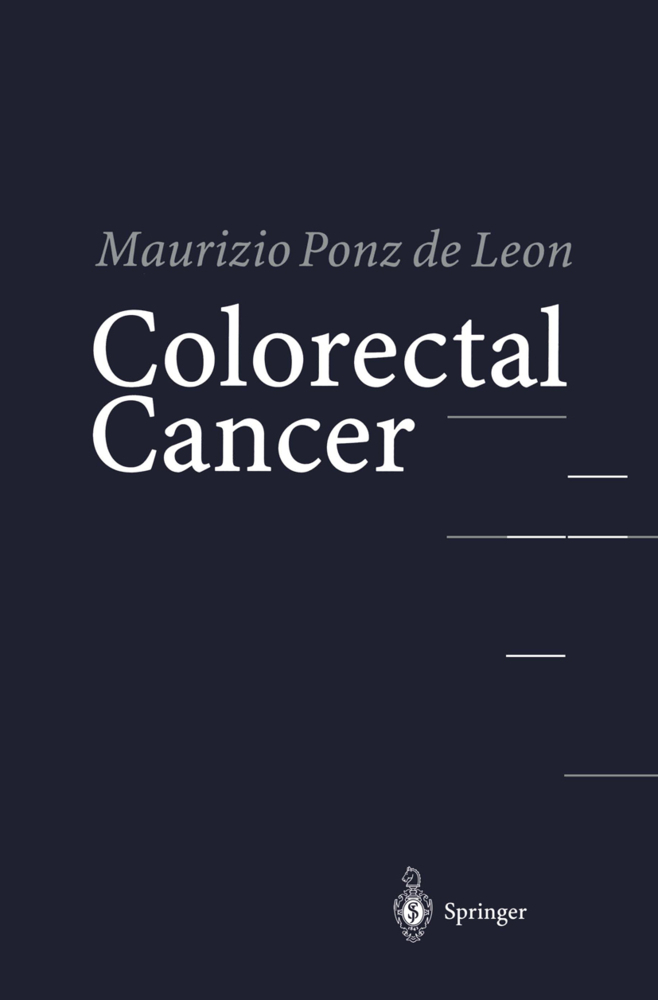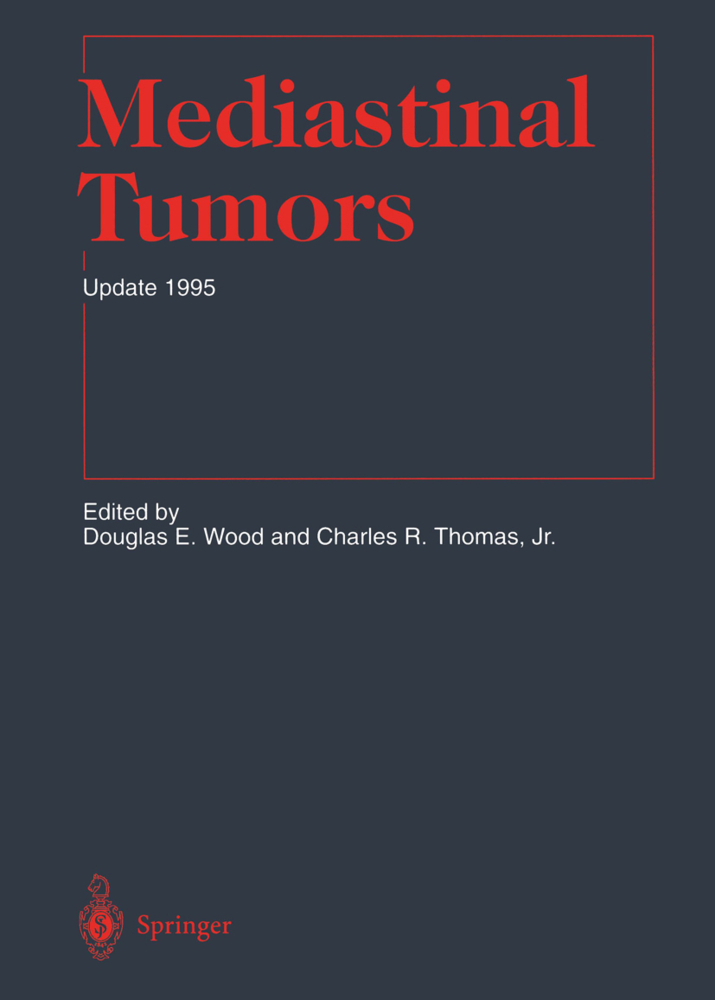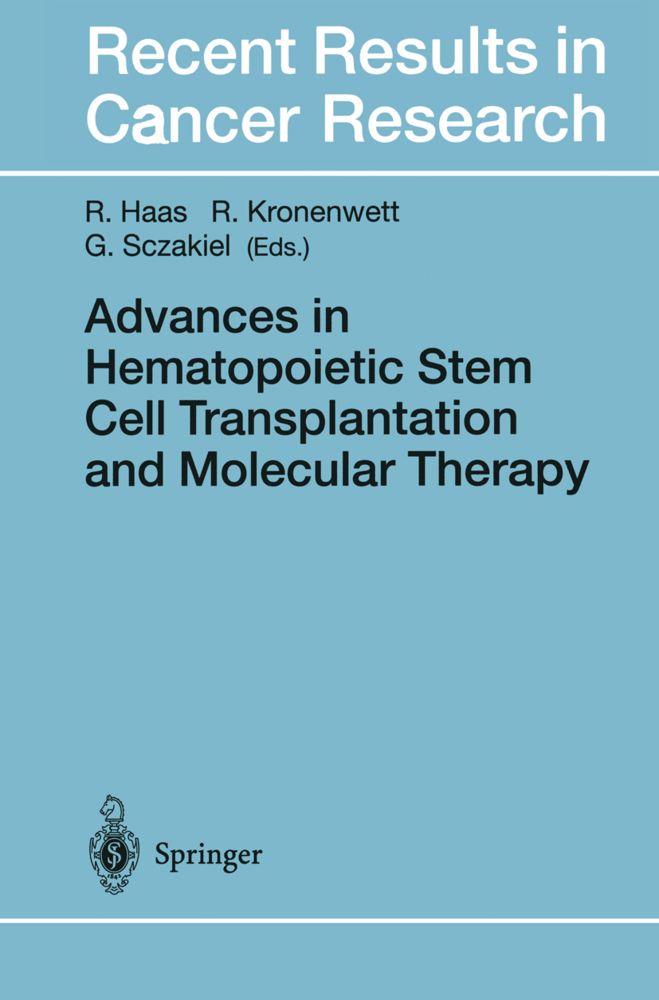Cured II - LENT Cancer Survivorship Research And Education
Multimodal treatment lies at the heart of the improvement in cancer cure rates. However, the more aggressive the treatment, the more adverse effects in normal tissues can be anticipated. Against this background, a major paradigm shift has taken place in that there is a new focus on cancer survivorship and quality of life: the life worth saving must be worth living. This volume is based on the CURED II conference held in May 2007, which was attended by scientists from many leading institutions. The volume comprises 18 chapters by leading experts who address a variety of important topics relating to late treatment effects, such as mechanisms and evolution of injury, risk factors, the role of screening, options for interventions, second malignancies, and prevention. It is hoped that it will assist the reader in understanding how to prevent and treat the long-term side-effects of irradiation, thus improving the quality of life of long-term survivors of cancer.
1;Dedications;5 2;Foreword;7 3;Introduction;8 4;Table of Contents;10 5;1 CONCURED: Defining the Leading Edge in Research of Adverse Eff ects of Treatment for Adult-Onset Cancers;12 5.1;1.1 Introduction;12 5.2;1.2 Research Infrastructure for Studies of Cancer Survivorship;12 5.3;1.3 A Platform for Studies of Gene-Environment Interactions;14 5.4;1.4 Development of Epidemiologic Methods and Predictive Models;14 5.5;1.5 Evidence-Based Clinical Practice Guidelines;14 5.6;1.6 A Trans-disciplinary Approach;15 5.6.1;Comment;15 5.6.2;Acknowledgement;16 5.7;References;16 6;2 Bioimaging In Vivo to Discern the Evolution of Late Eff ects Temporally and Spatially;18 6.1;2.1 Introduction;18 6.2;2.2 Lung Injury;19 6.3;2.3 Heart Injury;21 6.3.1;2.3.1 SPECT;22 6.3.2;2.3.2 MRI;22 6.3.3;2.3.3 Cardiac PET;22 6.4;2.4 Liver Injury;24 6.4.1;2.4.1 CT Perfusion Studies;24 6.4.2;2.4.2 MRI;24 6.5;2.5 Brain Injury;25 6.5.1;2.5.1 SPECT;25 6.5.2;2.5.2 PET;25 6.5.3;2.5.3 MRI;27 6.5.4;2.5.4 Magnetic Resonance Spectroscopy;27 6.5.5;2.5.5 Functional Magnetic Resonance Imaging;28 6.6;2.6 Parotid Gland Injury;28 6.6.1;2.6.1 SPECT and PET;28 6.6.2;2.6.2 MRI;28 6.7;2.7 Conclusions;28 6.7.1;Acknowledgements;28 6.8;References;30 7;3 Association Between Single Nucleotide Polymorphisms and Susceptibility for the Development of Adverse Eff ects Resulting from Radiation Therapy;35 7.1;3.1 Summary;35 7.2;3.2 Introduction;35 7.3;3.3 Predictive Assays;36 7.4;3.4 Candidate Gene Studies;37 7.5;3.5 Genome Wide SNP Association Studies;37 7.6;3.6 Conclusion;40 7.6.1;Acknowledgements;40 7.7;References;40 8;4 Prospective Second-Cancer Risk Estimation for Contemporary Radiotherapeutic Protocols;43 8.1;4.1 Introduction: Radiotherapy-Related Second-Cancer Risks;43 8.2;4.2 The Potential Signifificance of Altered Normal-Tissue Dose Distributions: Intensity-Modulated Radiation Therapy and Second-Cancer Risks;44 8.3;4.3 Mechanisms of Radiation-Induced Cancer at Radiotherapeutic Doses;44 8.3.1;4.3.1 The Standard Model;44 8.3.2;4.3.2 A More Realistic Model;45 8.4;4.4 An Application: Prospective Estimation of Radiotherapy-Induced Second-Cancer Risks;46 8.5;4.5 Future Directions;46 8.5.1;Acknowledgments;48 8.6;References;48 9;5 Bioengineering in the Repair of Irradiated Normal Tissue by Bone Marrow Derived Stem Cell Populations;51 9.1;5.1 Introduction;51 9.1.1;5.1.1 The New Paradigm for Understanding IonizingIrradiation Tissue Damage;51 9.1.2;5.1.2 General Concepts of Bioengineering for Tissue Repair;52 9.2;5.2 Bone Marrow Origin of Stem Cells for Epithelial Tissues;53 9.2.1;5.2.1 Repopulation of Recipient Target Organs with Bone Marrow Derived Stem Cell Progenitors: A Double Edged Sword;55 9.2.2;5.2.2 Bone Marrow Derived Stem Cells in Bioengineering Repair of Irradiated Oral Cavity and Oropharyngeal Mucosa;55 9.2.3;5.2.3 Bioengineering for Repair of Irradiation Damage in the Esophagus Using Bone Marrow Derived Stem Cell Progenitors;56 9.2.4;5.2.4 Bioengineering of Irradiation Damaged Lung Through Use of Bone Marrow Derived Stem Cell Progenitors;58 9.3;5.3 Summary;60 9.4;References;60 10;6 Development of a Queriable Database for Oncology Outcome Analysis;65 10.1;6.1 Introduction;65 10.2;6.2 Efforts to Date;66 10.2.1;6.2.1 Quality Assurance Review Center;66 10.2.2;6.2.2 Database Function;67 10.2.3;6.2.3 Advanced Technology Consortium;70 10.2.4;6.2.4 American College of Radiology Imaging Network (ACRIN);70 10.2.5;6.2.5 Virtual Imaging Evaluation Workspace (VIEW);71 10.2.6;6.2.6 CaBIG;71 10.3;6.3 Future Strategies for Cancer Clinical Trials;73 10.4;References;75 11;7 Post-Radiation Dysphagia;77 11.1;7.1 Evaluation of the Swallowing Mechanism;78 11.1.1;7.1.1 Objective Evaluation: Instrumental Assessment;78 11.1.2;7.1.2 Objective Evaluation: Observer-Assessed;78 11.1.3;7.1.3 Subjective Evaluation: Patient-Reported Quality of Life;78 11.2;7.2 Baseline Swallowing Function in Patients with Head and Neck Cancer;78 11.3;7.3 Swallowing Disorders Induced by Radiation Alone;79 11.4;7.4 Surgery and
Rubin, Philip
Constine, Louis S.
Marks, Lawrence B.
Okunieff, Paul
Brady, Luther W
Heilmann, Hans-Peter
Molls, Michael
Nieder, Carsten
| ISBN | 9783540762713 |
|---|---|
| Artikelnummer | 9783540762713 |
| Medientyp | E-Book - PDF |
| Auflage | 2. Aufl. |
| Copyrightjahr | 2010 |
| Verlag | Springer-Verlag |
| Umfang | 180 Seiten |
| Kopierschutz | Digitales Wasserzeichen |

